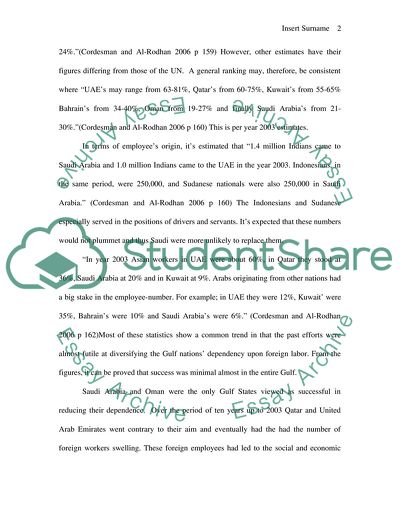Cite this document
(Gulf Nations Dependence on Foreign Labor Research Paper, n.d.)
Gulf Nations Dependence on Foreign Labor Research Paper. Retrieved from https://studentshare.org/social-science/1723082-economics-gulf-dependence-on-foreign-labor
Gulf Nations Dependence on Foreign Labor Research Paper. Retrieved from https://studentshare.org/social-science/1723082-economics-gulf-dependence-on-foreign-labor
(Gulf Nations Dependence on Foreign Labor Research Paper)
Gulf Nations Dependence on Foreign Labor Research Paper. https://studentshare.org/social-science/1723082-economics-gulf-dependence-on-foreign-labor.
Gulf Nations Dependence on Foreign Labor Research Paper. https://studentshare.org/social-science/1723082-economics-gulf-dependence-on-foreign-labor.
“Gulf Nations Dependence on Foreign Labor Research Paper”, n.d. https://studentshare.org/social-science/1723082-economics-gulf-dependence-on-foreign-labor.


